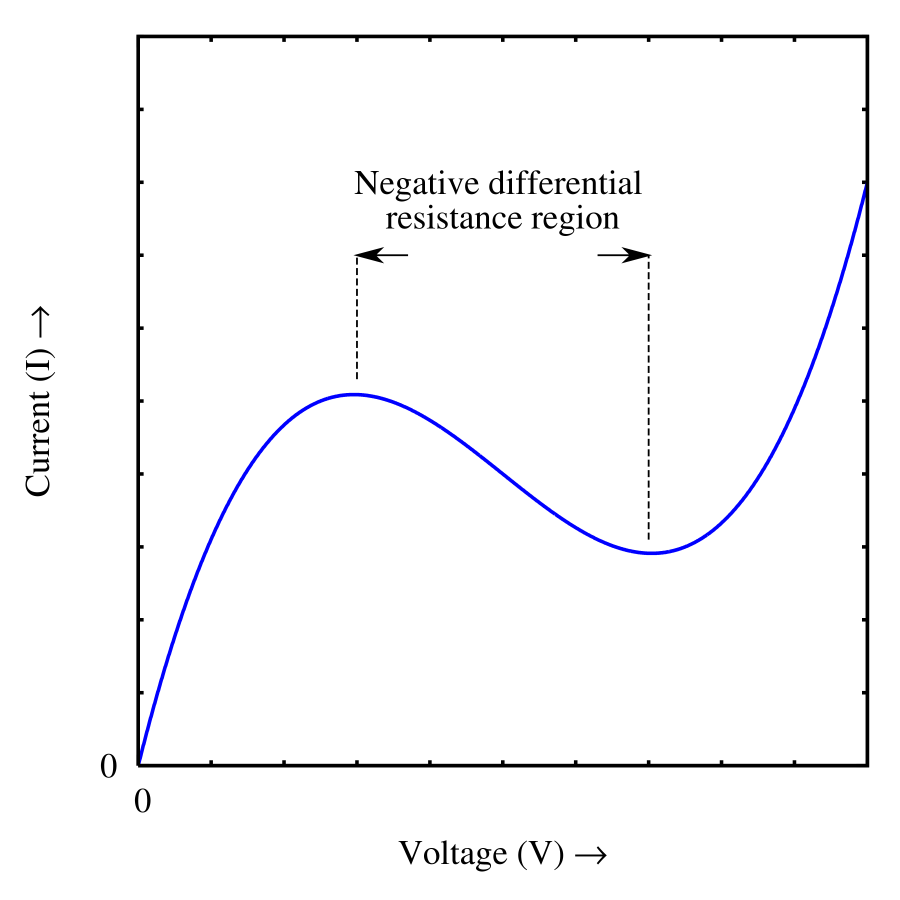
- Name : Stylissimo
- Author : Dryicons
- URL : dryicons.com
- View Real Demo
- Download
- Category : Wordpress Themes
- Keywords : Wordpress Theme, WP Theme, Elegant, 3 Column, Clean Layout, Company layout
In a conventional semiconductor diode, conduction takes place while the p–n junction is forward biased and blocks current flow when the junction is reverse biased. This occurs up to a point known as the “reverse breakdown voltage” when conduction begins (often accompanied by destruction of the device). In the tunnel diode, the dopant concentration in the p and n layers are increased to the point where the reverse breakdown voltage becomes zero and the diode conducts in the reverse direction. However, when forward-biased, an odd effect occurs called “quantum mechanical tunnelling” which gives rise to a region where an increase in forward voltage is accompanied by a decrease in forward current. This negative resistance region can be exploited in a solid state version of the dynatron oscillator which normally uses a tetrode thermionic valve (or tube).
The tunnel diode showed great promise as an oscillator and high-frequency threshold (trigger) device since it would operate at frequencies far greater than the tetrode would, well into the microwave bands. Applications for tunnel diodes included local oscillators for UHF television tuners, trigger circuits in oscilloscopes, high speed counter circuits, and very fast-rise time pulse generator circuits. The tunnel diode can also be used as low-noise microwave amplifier.[4] However, since its discovery, more conventional semiconductor devices have surpassed its performance using conventional oscillator techniques. For many purposes, a three-terminal device, such as a field-effect transistor, is more flexible than a device with only two terminals. Practical tunnel diodes operate at a few millamperes and a few tenths of a volt, making them low-power devices.[5] The Gunn diode has similar high frequency capability and can handle more power.
The tunnel diode showed great promise as an oscillator and high-frequency threshold (trigger) device since it would operate at frequencies far greater than the tetrode would, well into the microwave bands.
The tunnel diode showed great promise as an oscillator and high-frequency threshold (trigger) device since it would operate at frequencies far greater than the tetrode would, well into the microwave bands.
Post a Comment